The discus throw, one of track and field's most visually striking events, relies heavily on the physics of rotation. At the heart of this motion lies the axis of rotation, an invisible yet critical component that determines the flight path, stability, and ultimate distance of the throw. Unlike what casual observers might assume, the discus doesn’t simply spin around a single fixed axis. Instead, its rotation involves complex interplay between the thrower’s technique and the discus’s own aerodynamic properties.
When an athlete steps into the throwing circle, the initial wind-up creates angular momentum. The discus builds speed as the thrower’s body uncoils, transferring energy from the legs through the torso and finally to the arm. At the moment of release, the discus spins around an axis that is neither purely vertical nor horizontal but tilted at an angle. This tilt, often between 10 and 30 degrees relative to the ground, allows the discus to maintain stability in flight while minimizing air resistance.
The orientation of the spin axis directly impacts the discus’s gyroscopic stability. A well-oriented axis keeps the discus flat during the critical first phase of flight, preventing wobbling or tumbling that could drastically reduce distance. Elite throwers intuitively adjust their release to optimize this angle, though subtle variations can mean the difference between a record-breaking throw and a foul. Coaches often use high-speed cameras to analyze the axis tilt, as even a 5-degree deviation can alter the flight trajectory by meters.
Aerodynamics play a surprising role in how the rotation axis behaves mid-flight. As the discus loses rotational velocity due to air resistance, the axis may gradually shift—a phenomenon called precession. This slow wobble in the axis orientation explains why discuses sometimes appear to "float" or curve unexpectedly in the latter half of their trajectory. Throwers counteract this by imparting maximum spin at release; a faster initial rotation delays the onset of destabilizing precession.
Materials science has quietly revolutionized axis dynamics in modern discus design. The transition from wooden to metal rims in the mid-20th century allowed for more consistent rotation axes due to improved mass distribution. Contemporary discuses with textured surfaces can actually manipulate airflow to stabilize the rotation axis longer than smooth designs. These advancements have pushed the boundaries of human performance, with today’s elite throwers achieving rotation speeds exceeding 600 RPM.
The relationship between the thrower’s anatomy and the discus’s rotation axis reveals fascinating biomechanical adaptations. Studies show that athletes with longer fingers tend to impart more stable rotation axes, as they can maintain contact with the discus rim for crucial milliseconds longer during release. This extended contact allows for finer control over the axis tilt. Similarly, the whipping motion of the wrist—often overlooked—serves as the final calibrator of the rotation axis’s orientation.
Environmental factors introduce another layer of complexity to axis behavior. At high-altitude competitions, where air density is lower, the rotation axis remains more stable throughout flight compared to sea-level throws. This explains why some throwers achieve personal bests at elevation despite the reduced aerodynamic lift. Wind presents a double-edged sword: headwinds can help maintain axis stability by increasing apparent spin rate, while crosswinds may unpredictably torque the rotation axis.
In training, elite throwers develop what physicists call axis awareness—a kinesthetic sense of how minute changes in their release affect the discus’s rotation. This manifests in drills where throwers attempt to land the discus on its edge (rather than flat) to exaggerate axis control. Such exercises sharpen the athlete’s ability to "set" the perfect rotation axis amidst the chaos of full-speed throws. The best throwers describe this as feeling the discus "lock into" its ideal spin right at release.
The future of discus rotation research may lie in real-time axis tracking. Experimental systems using embedded microsensors can now transmit rotation data during flight, revealing previously undetectable axis fluctuations. This technology could lead to personalized discus designs tuned to an individual thrower’s typical axis characteristics. Meanwhile, computational fluid dynamics simulations allow engineers to model how proposed rule changes—like altering discus dimensions—might impact rotation axis stability.
From ancient Greek competitors to modern Olympians, the silent partnership between athlete and rotation axis continues evolving. What began as intuitive understanding has become a science of millimeters and milliseconds, where victory hinges on controlling an invisible line through space. As throwers push toward the 80-meter barrier, their success will depend not just on strength, but on mastering the delicate physics of how a spinning discus interacts with the air—one precisely tilted rotation at a time.

By Rebecca Stewart/May 8, 2025
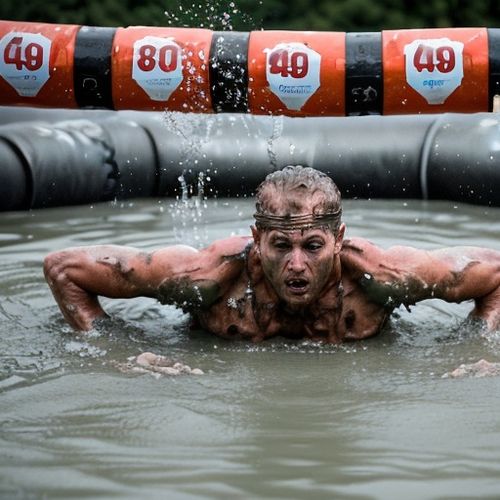
By Rebecca Stewart/May 8, 2025

By Joshua Howard/May 8, 2025

By Lily Simpson/May 8, 2025

By Victoria Gonzalez/May 8, 2025
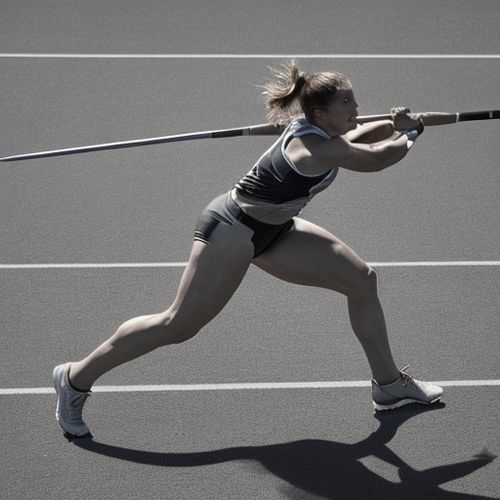
By Christopher Harris/May 8, 2025
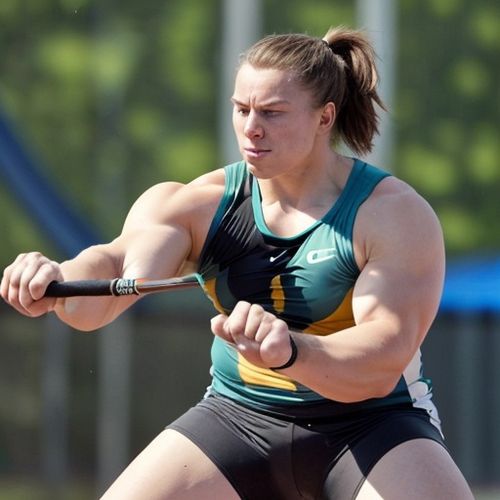
By Ryan Martin/May 8, 2025

By Megan Clark/May 8, 2025
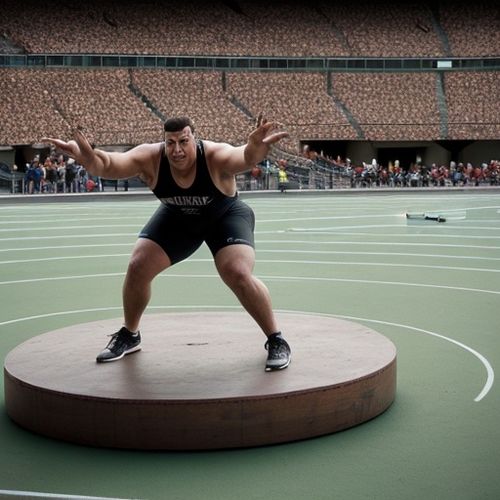
By Samuel Cooper/May 8, 2025

By Noah Bell/May 8, 2025

By David Anderson/May 8, 2025

By Megan Clark/May 8, 2025
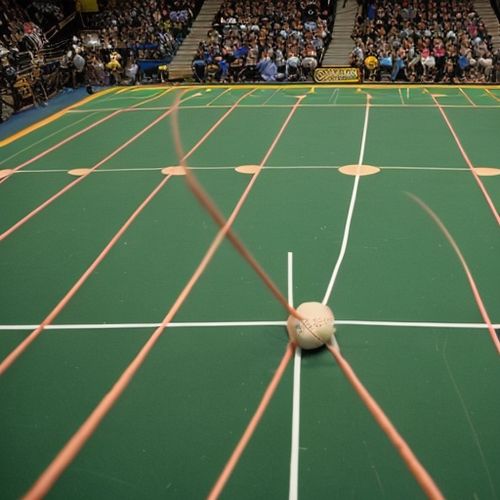
By William Miller/May 8, 2025
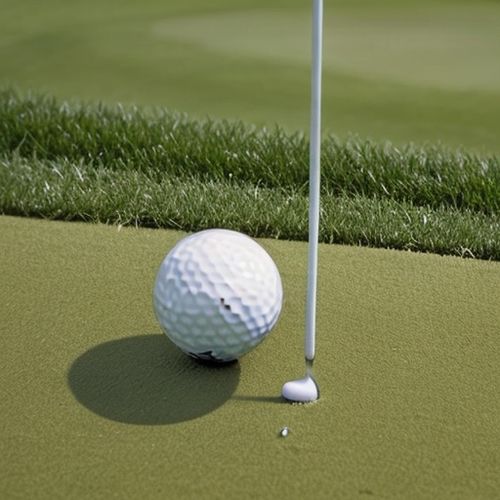
By William Miller/May 8, 2025

By Emily Johnson/May 8, 2025
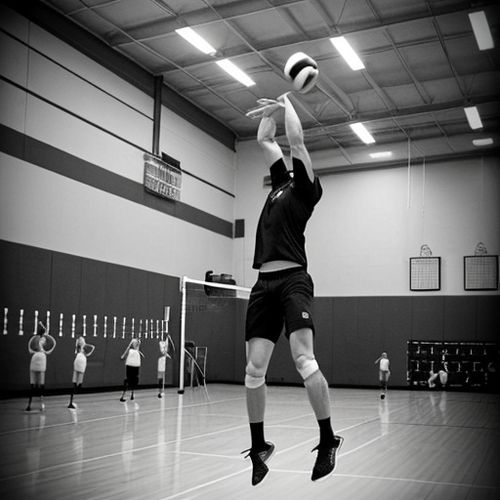
By Ryan Martin/May 8, 2025
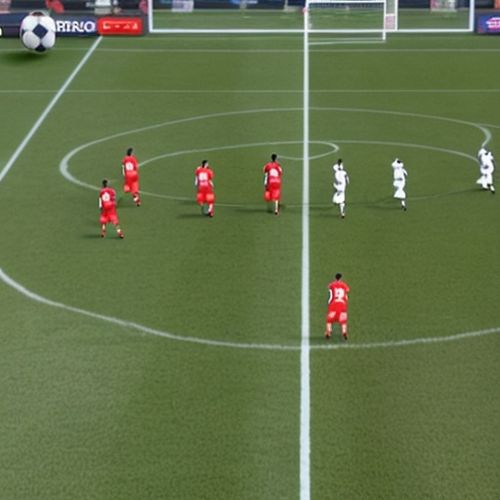
By Laura Wilson/May 8, 2025

By Eric Ward/May 8, 2025

By Joshua Howard/May 8, 2025

By Natalie Campbell/Apr 9, 2025